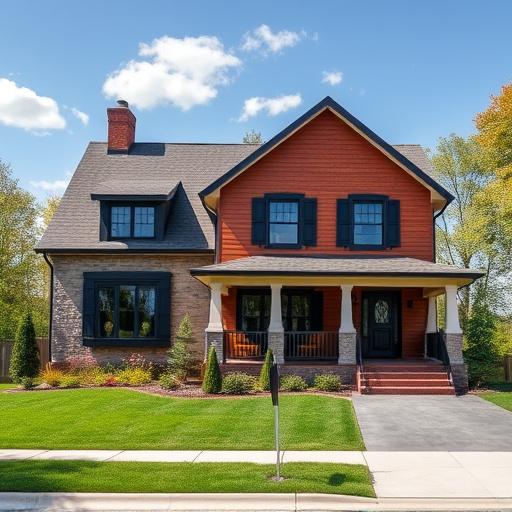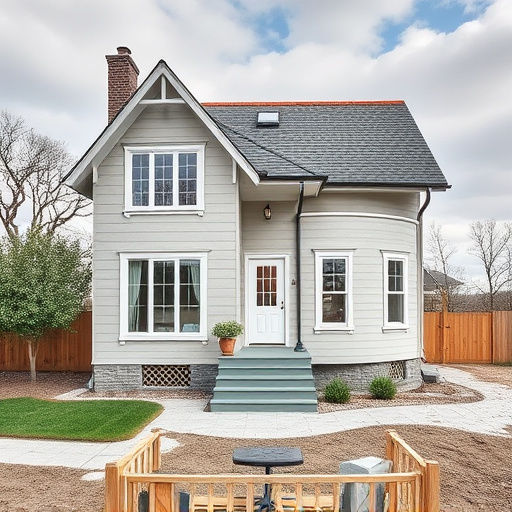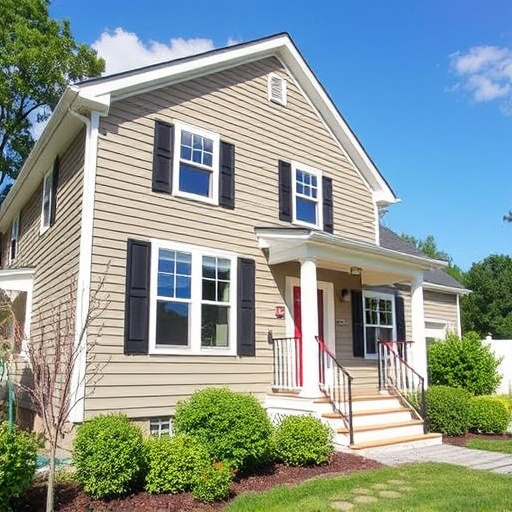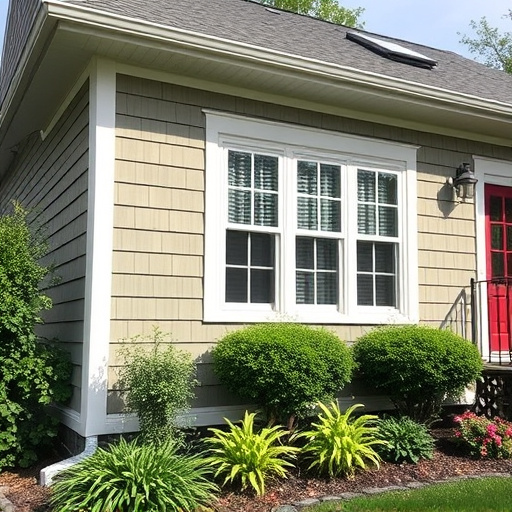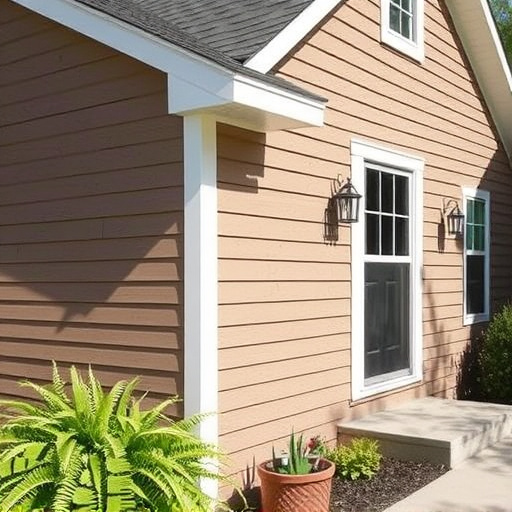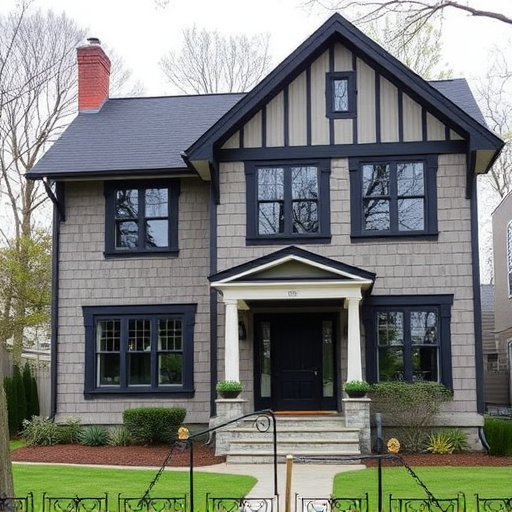Before installing gutters, thoroughly assess your roof's design, pitch, and materials, as these factors determine water flow patterns. Integrate gutter installation with roofing and siding projects for optimal protection against water damage. Regularly inspect roofs after severe weather events to ensure proper condition and alignment. Choose the right gutter sizes and materials based on roof pitch, building architecture, and local climate conditions. Consult with a roof expert for seamless integration with property structural elements and aesthetic appeal.
“Gutter installation is an essential component of any roof project, offering crucial protection against water damage and ensuring your home’s longevity. This comprehensive guide navigates the process from start to finish. First, we demystify choosing the right gutter system tailored to your roof type and conditions. Next, we delve into efficient planning strategies, including coordinating with professionals and understanding local regulations. Finally, we provide a step-by-step execution plan for a seamless installation, guaranteeing optimal drainage and peace of mind.”
- Understanding Your Roof and Gutter System
- – Assessing roof type and condition
- – Determining suitable gutter sizes and materials
Understanding Your Roof and Gutter System
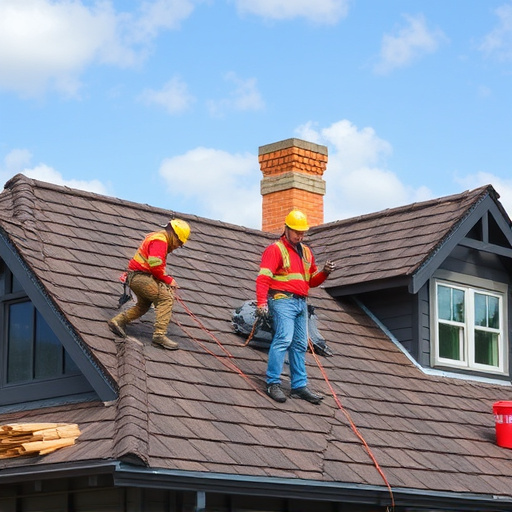
Before diving into gutter installation, it’s crucial to understand your roof and its existing drainage system. Each roof is unique in design, pitch, and materials, which directly impact how water flows and where it’s directed. For instance, a steep-pitched roof with professional siding may require steeper gutters to efficiently channel water away from the foundation. Conversely, a low-sloped roof might necessitate wider gutters to manage the flow without causing overflows.
Integrating gutter installation with roofing and siding projects offers a strategic opportunity to enhance your home’s overall protection. A well-coordinated system ensures that your siding and gutters work in harmony to safeguard your property from water damage. By considering these factors, you can ensure a seamless installation process that supports the longevity of both your roof and your siding.
– Assessing roof type and condition
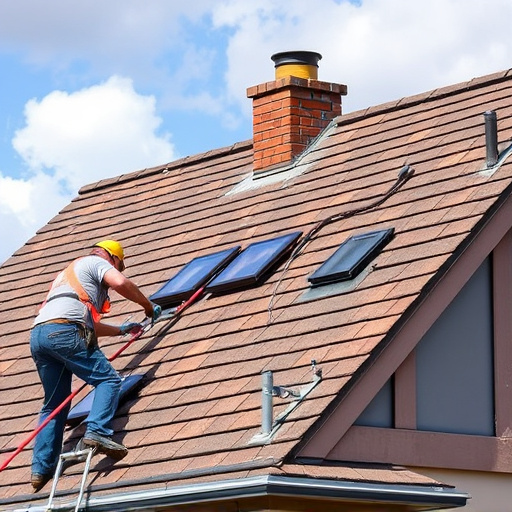
Before diving into gutter installation, it’s crucial to assess your roof’s type and condition. Different roofing materials, such as asphalt, metal, or tile, have specific requirements for gutter support and attachment. For instance, metal roofs might need specialized brackets due to their weight and flexibility, while asphalt roofs often require standard gutters and downspouts that can handle average climes. Regularly inspecting your roof is essential, especially after severe weather events like storms, as it could indicate damage that necessitates repairs or replacements, including storm damage repair and siding services.
Additionally, the overall condition of your roof plays a significant role in determining the gutter installation approach. An old, worn-out roof might require more frequent maintenance and could be susceptible to leaks, making proper gutter alignment and support even more critical. In contrast, a newly installed or repaired roof provides an opportunity to integrate top-quality gutters that complement your siding installation, ensuring optimal water flow and protecting your home from potential water damage.
– Determining suitable gutter sizes and materials

When planning a gutter installation as part of a roof project, one of the first considerations is choosing the right gutter sizes and materials. The appropriate size depends on several factors, including the roof’s pitch, the building’s architecture, and local climate conditions. For instance, steeper roofs may require larger gutters to handle increased water flow. Additionally, considering the material ensures durability and compatibility with your residential or commercial siding. Aluminum is a popular choice due to its lightweight nature and resistance to corrosion, making it ideal for both residential and commercial properties. Steel gutters offer superior strength and longevity but weigh more, which could affect installation complexity.
Selecting the right gutter size and material significantly impacts the overall effectiveness of drainage systems. In areas prone to heavy rainfall or snowmelt, larger downspouts might be necessary to prevent overflow and water damage. Conversely, milder climates may only require standard-sized gutters. Consulting with a roof expert can help in making these decisions, ensuring your gutter installation seamlessly integrates with your property’s existing structural elements and aesthetic appeal, whether it’s a vibrant residential siding or robust commercial siding.
When coordinating gutter installation with roof projects, understanding your roof’s unique characteristics and selecting appropriate gutter materials and sizes are essential steps. By assessing your roof type and condition, as well as choosing the right gutter system, you ensure a seamless and functional addition to your property. Remember, proper gutter installation not only enhances your home’s curb appeal but also plays a crucial role in protecting it from potential water damage.
